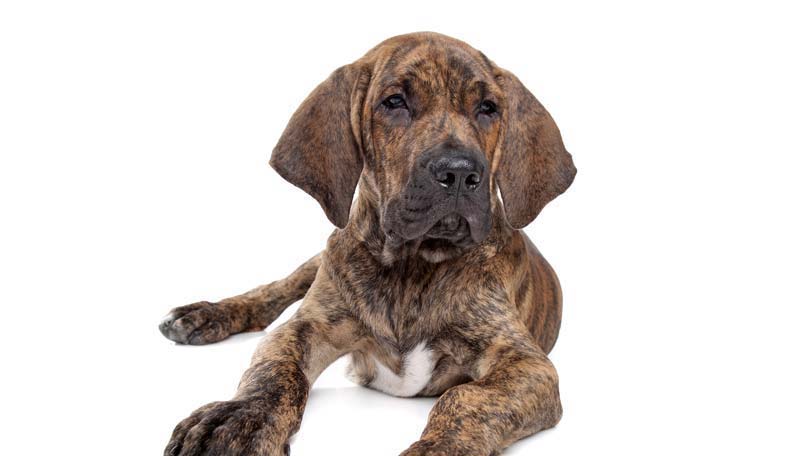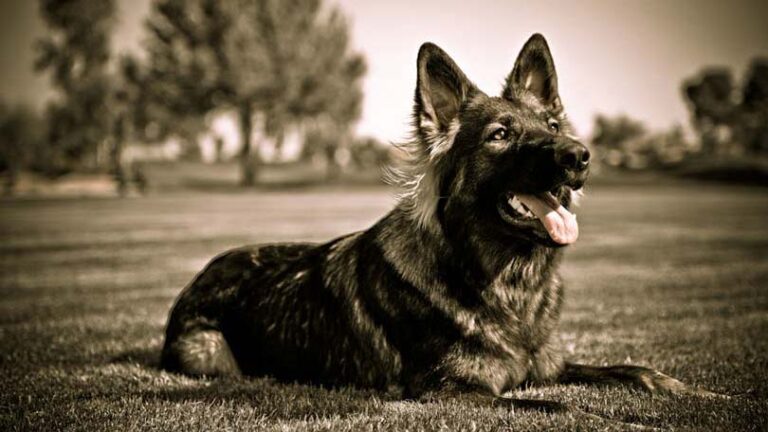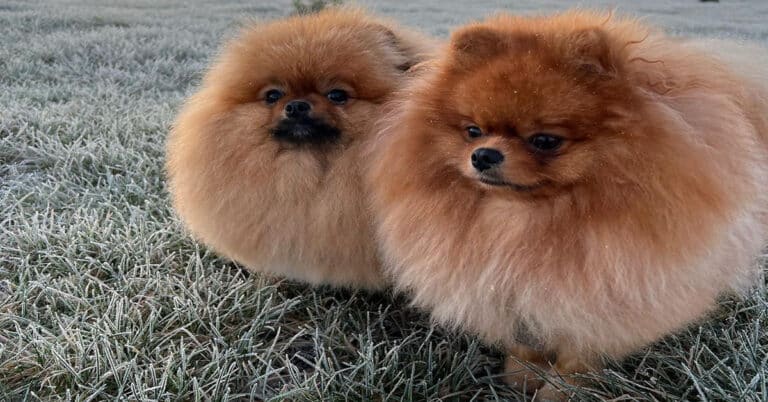How Much Should A Purebred Dog Cost
There is often a belief that breeders are rolling in money and breed dogs solely for profit. This is rarely the case when you look at the costs involved in breeding a nice puppy. So, how much should a purebred dog cost? Keep reading.
How is the cost of a puppy determined?
Show and hobby breeders usually charge the same amount for a puppy that they pay for a stud fee. So, if the stud fee is $500, then they will charge $500 for a puppy. This is a general guideline for most breeders, though there are always exceptions. Lots of titles are certainly nice, but health clearances, temperament, conformation, siblings and other offspring, and pedigree matter more for the parents of a litter than titles. A good dog who has wonderful brothers and sisters, with lots of good health clearances, is a better bet as a stud dog than a gorgeous dog with lots of titles from a poor family. The gorgeous dog is probably a fluke and less likely to pass along his good traits. A knowledgeable breeder will sometimes choose to breed a dog who doesn’t even have a title if s/he feels the dog has some other important quality. But be sure you are dealing with a knowledgeable breeder and not someone who is simply tossing dogs together in order to avoid paying a stud fee.
If you are calculating that breeders make lots of money with big litters, think again. A litter with lots of puppies means there are lots of mouths to feed to the age of 8, 10, or sometimes 12 weeks of age. Puppies need 3-4 meals per day of puppy food so feeding puppies is expensive. Even during the weeks when the mother dog is nursing the puppies, she needs lots of additional food to be able to nurse them. Add to this cost the cost of first and second shots, depending on the age the puppies leave the breeder. Vaccinations and worming for a litter of 10 puppies, for example, are not cheap.
Better breeders typically have health tests performed on their dogs prior to breeding such as hip and elbow x-rays and other tests recommended for their particular breed. These tests usually involve anesthesia, x-rays, bloodwork, screening by a veterinary panel, and other vet work. The cost for these tests, per dog, is usually hundreds of dollars so the breeder can be sure the dog is healthy.
There are also tests involved for the male and female dog just prior to breeding to make sure they do not carry any sexually transmitted diseases; and often the breeder has progesterone tests and other lab work done on the female dog to be able to pinpoint the best time for breeding. Again, the costs of these tests adds up. In some cases breeders use artificial insemination so they don’t have to ship their female dog to the home of the male dog. Costs associated with artificial insemination are high but so, too, are the costs of sending a female dog across country to a suitable mate.
A breeder can easily spend several thousand dollars for one breeding. And there is never any guarantee that the female dog will become pregnant. A breeder can spend a lot of money and have no puppies to show for it. So, for show and hobby breeders, breeding a litter of puppies is not exactly a money-making proposition, even when puppies are sold for high prices. These breeders are usually breeding in order to improve the breed and produce the best puppies so they can continue to show, hunt, or have the kind of dogs they need for their own hobby or work. They sell the remaining puppies to other show or hobby people and to pet homes, which helps to cover some of their costs. Most show and hobby breeders are lucky to break even when they breed a litter and sell the puppies they don’t keep.
Prices of Purebred Puppies
Prices for puppies from a show or hobby breeder can range anywhere from about $500 to around $3000, depending on the breed. Toy breed puppies often cost the most because they usually have small litters (sometimes with just 1 or 2 puppies in a litter). Breeds that are very popular for any reason can also command higher prices. If a breed is in demand and breeders have their phones ringing off the hook, prices will rise. However, there can be regional differences in puppy prices. Puppies in California and on the west coast almost always cost more than in other parts of the country, regardless of the breed. Breeders in New York, Chicago, and other metro areas often charge more. The cost of dog food, vet care, and other dog-related services are higher in these areas.
Before you buy any puppy you should talk to some good breeders who have the breed that interests you. Money should not be the primary focus of your conversations, but it is fair to ask how much they charge for puppies when they have them. You should also ask which health tests are normal for the breed, and what to look for in a good puppy. Don’t be surprised if you have to get on a waiting list to get the puppy you want from the breeder you like. Most show and hobby breeders don’t breed all the time so they don’t have puppies available year-round. Breeding is not their job. It’s something they do because they love the dogs. It’s better to build a good relationship with a good breeder you like and trust and wait a few months for the right puppy than to rush out and buy the wrong puppy. A good breeder will be there for you for your dog’s entire life, answering questions and helping you along the way.

Having discovered a fondness for insects while pursuing her degree in Biology, Randi Jones was quite bugged to know that people usually dismissed these little creatures as “creepy-crawlies”.







